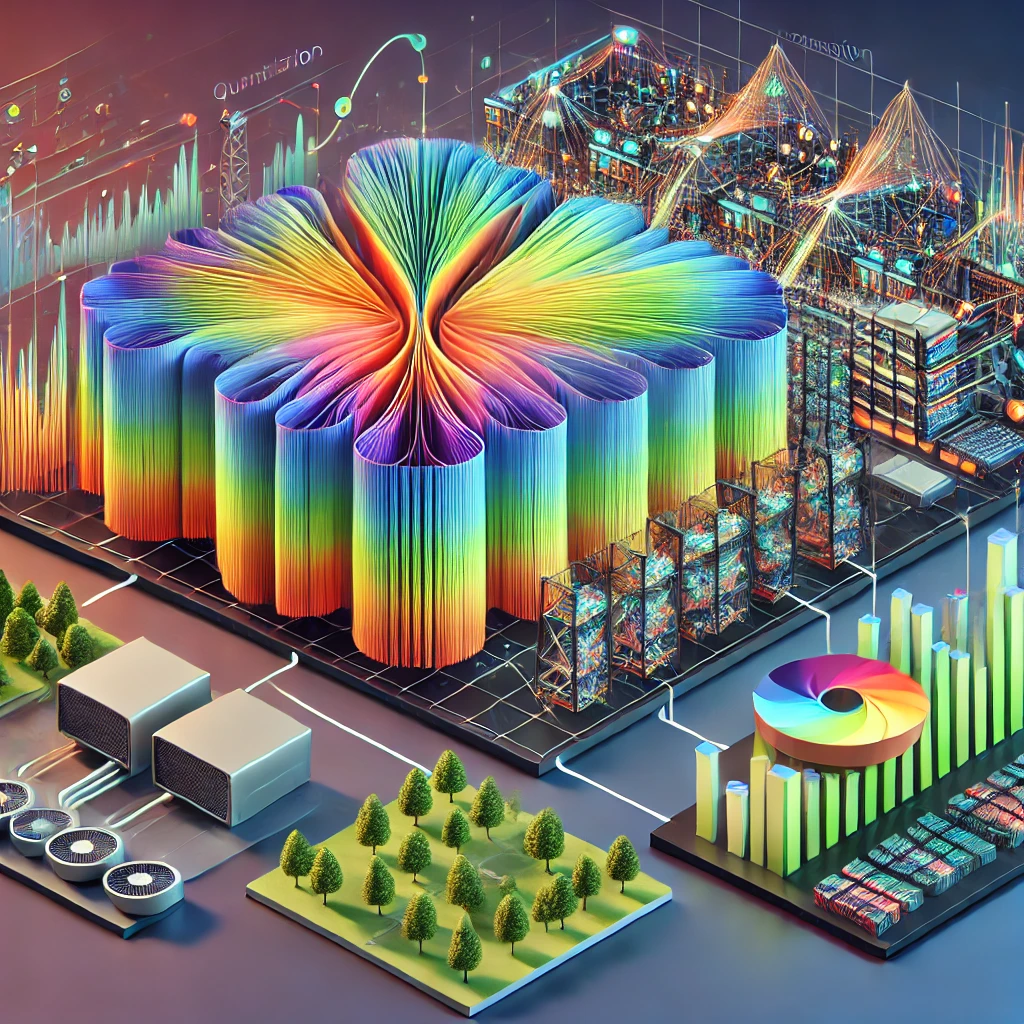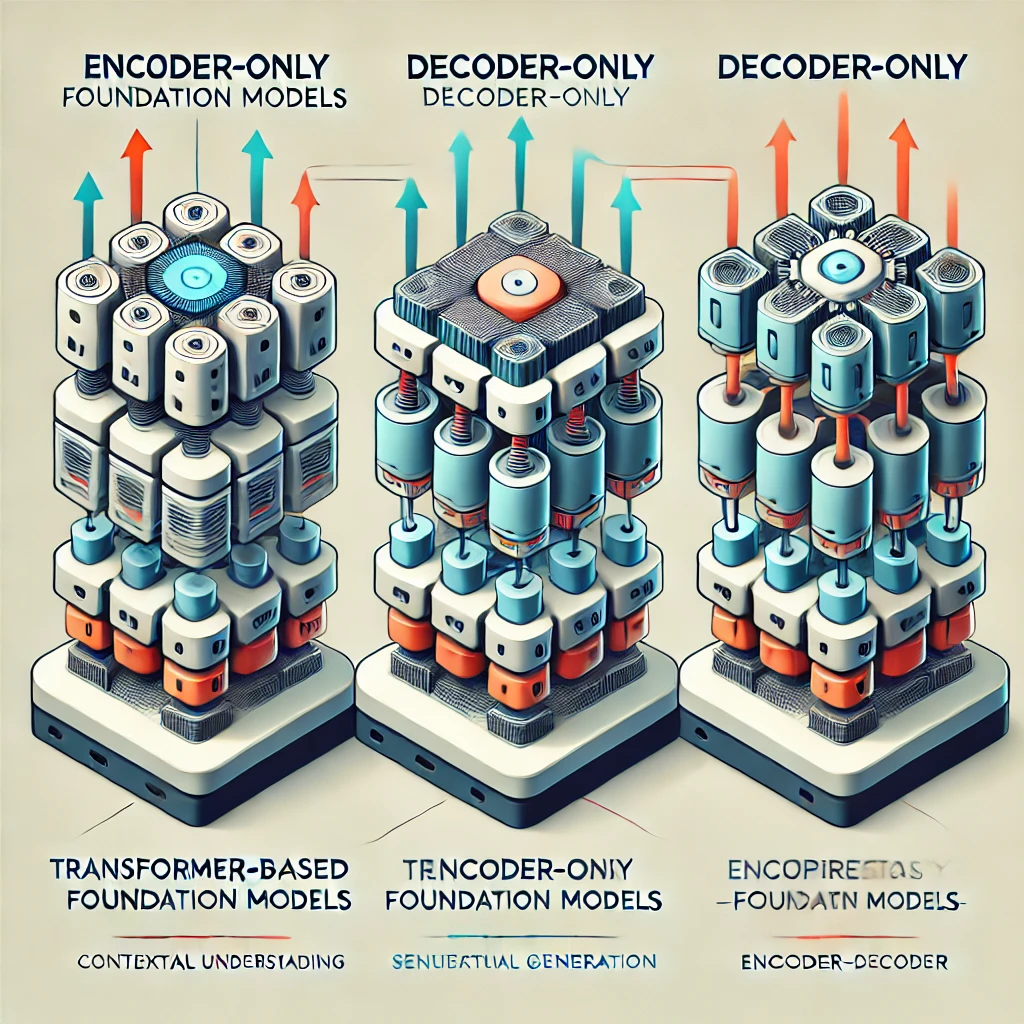Embracing Digital Twins Technology - Key Considerations, Challenges, and Critical Enablers
Welcome back, listeners, to another episode of Continuous Improvement, where we explore the latest innovations and strategies to drive excellence in various industries. I'm your host, Victor Leung, and today we're diving into a fascinating topic that's reshaping how businesses operate – Digital Twins technology.
Digital Twins have emerged as a transformative force, providing virtual representations of physical systems that use real-time data to simulate performance, behavior, and interactions. Today, we'll delve into the considerations for adopting this technology, the challenges associated with its implementation, and the critical enablers that drive its success.
Let's start with the key considerations for adopting Digital Twins technology.
First and foremost, it's essential to identify the specific problems you aim to solve using Digital Twins. Whether it's predictive maintenance, operational efficiency, or enhanced product quality, clearly defining your use case ensures focused efforts and maximizes the benefits of the technology.
The accuracy and reliability of Digital Twins depend heavily on high-quality data. This means collecting accurate, real-time data from various sources and assessing its availability, quality, and accessibility. High-quality data is the lifeblood of an effective Digital Twin.
Before diving into implementation, conduct a comprehensive cost-benefit analysis to determine the financial viability of adopting Digital Twins technology. Understanding the potential return on investment helps justify the expenditure and ensures long-term sustainability.
Consider the scalability of your IT infrastructure to support extensive data processing and storage requirements. A robust infrastructure is essential for the seamless operation of Digital Twins, enabling them to function effectively and efficiently.
Protecting sensitive data and ensuring compliance with privacy regulations is critical. Implement strong security measures to safeguard against cyber threats and maintain data integrity.
Finally, design your Digital Twins with flexibility in mind. Anticipate future needs for expanding to new assets, processes, or applications. Choose modular technologies that can evolve with your business requirements, ensuring long-term adaptability.
Now, let's talk about the challenges and processes of adopting Digital Twins technology.
Integrating data from different systems while ensuring accuracy and maintaining quality is a significant challenge. Effective data integration platforms and robust management practices are essential to overcome this hurdle.
Digital Twins technology requires specialized knowledge and skills. The complexity of the technology can be a barrier to adoption, necessitating investment in training and development to build the necessary expertise.
Addressing cyber threats and ensuring compliance with privacy regulations is a major concern. Organizations must implement stringent security measures to protect sensitive data.
The initial setup and ongoing maintenance of Digital Twins can be expensive. Careful resource allocation and cost management are crucial to sustain the technology in the long term.
Next, let's explore the critical enablers of Digital Twins technology.
Data integration platforms and robust data management practices are essential for handling the vast amounts of data involved. Ensuring data availability is the foundation of successful Digital Twins implementation.
AI and ML algorithms play a vital role in analyzing data, identifying patterns, making predictions, and enabling autonomous decision-making. Advanced analytics is a key driver of Digital Twins technology.
Technologies like the Internet of Things (IoT), industrial communication protocols, and APIs facilitate real-time data exchange and synchronization. Connectivity is crucial for the seamless operation of Digital Twins.
Investing in the training and development of personnel proficient in data science, engineering, and IT is essential. An effective change management strategy ensures the workforce is equipped to handle the complexities of Digital Twins technology.
Let's summarize the key takeaways.
Digital Twins technology significantly improves operational efficiency, reduces downtime, and enhances product quality across various industries. It's utilized for urban planning, optimizing infrastructures, and improving sustainability in smart cities. For example, airports like Changi use Digital Twins to manage passenger flow and optimize resources. Combining Digital Twins with AI enables advanced simulations and predictive analytics.
Digital Twins are widely adopted in manufacturing, healthcare, and urban planning, providing a competitive edge and driving innovation.
In conclusion, adopting Digital Twins technology offers significant benefits, from improving operational efficiency to enabling advanced analytics. By considering the key factors, addressing the challenges, and leveraging the critical enablers, organizations can successfully implement Digital Twins technology and drive transformative change across their operations.
Thank you for tuning in to this episode of Continuous Improvement. I'm your host, Victor Leung. Stay tuned for more insights and discussions on how you can drive excellence in your field. Until next time, keep striving for continuous improvement!



